A new film from Studio Ghibli and four other great movies to seek out this fall
- Oops!Something went wrong.Please try again later.
- Oops!Something went wrong.Please try again later.
- Oops!Something went wrong.Please try again later.
We came. We saw. We ate popcorn.
Another year at the Toronto International Film Festival is in the books, and I didn’t get nearly that close to seeing everything. But luckily, with a degree of arrogance, I’m going to make the definitive top five list for the festival.
Charlotteans are lucky as the city is home to the Independent Picture House, which is sure to screen a number of these options that usually escape the multiplexes. It’s always interesting to explore cinema from outside of the usual mold, and this list includes some world film that caught my attention this year.
Let’s start with honorable mentions. It may scare some folks away with the three-hour run-time, but Argentinian director Rodrigo Moreno’s “The Delinquents” is a well-paced and entertaining movie that starts out as a heist thriller and rolls into more of a romance for people and nature.
“Shrooms,” a short film from Portuguese filmmaker Jorge Jácome, explores a psychedelic mushroom collector who distributes them around Lisbon using carrier pigeons. If anything, it left me with a lot of questions about carrier pigeons.
The latest from famed director Hirokazu Kore-eda, “Monster” seems more of a return to form for the “Shoplifters” director as he explores an incident at school between a teacher and a student from the angle of the student’s parent, the teacher and the child. Always brimming with humanism, it’s a fascinating “Rashomon”-esque narrative that reminds you of the intricacies of people’s lives and how many moments inform one large one.

Here are my top five from the festival:
5. ‘American Fiction’ (directed by Cord Jefferson)
Cord Jefferson, the writer and director of “American Fiction,” is more commonly known in the television world for his work on “Master of None,” “The Good Place,” “Watchmen” and “Succession.” But he could start to garner attention in the film world after this first feature.
Jeffery Wright stars as Monk Ellison, a writer who’s career has stalled a bit after his latest book was rejected by a line of publishers, with many of them saying that it wasn’t “Black enough” for what they’re looking for. In Ellison’s opinion, these publishers run by white people are seeking books that exploit Black pain with tales of slavery, crime, inter-city violence and absent parents all so they will feel like they’re doing something or giving back by running the stories.
His response? Send them a manuscript that is so offensively stereotyped that there’s no way they would accept it. Then he can have a good laugh and feel like he’s stuck it to them.
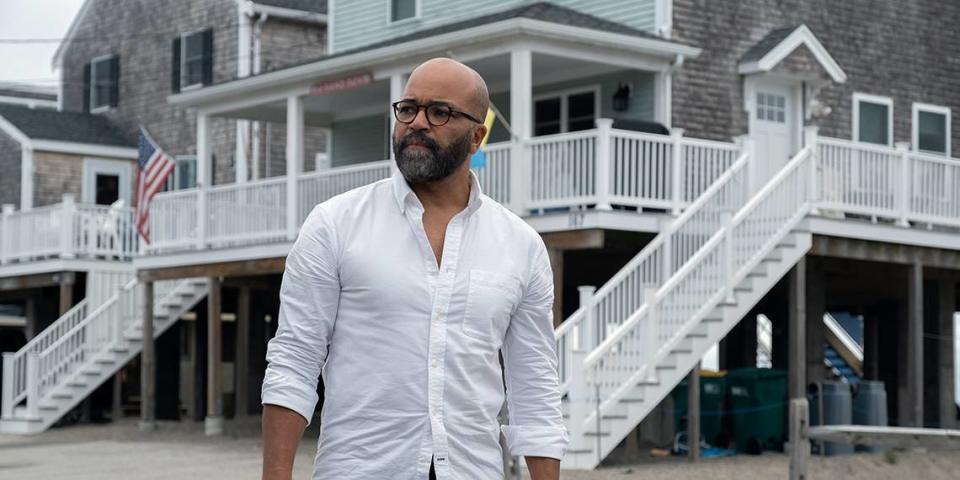
But that doesn’t work. Penned under a pseudonym, Ellison’s manuscript is picked up with the biggest advance of his career and he’s swept into a whirlwind as the book starts to garner mass attention and awards buzz.
A lot of joy in “American Fiction” comes from seeing Wright in a lead role. He’s an incredibly talented actor that is generally relegated to small roles.
Not that he’s ever bad in them — he’s shined in two recent Wes Anderson films in a supporting role. But he’s never given something big to really chew on. He’s given it here and is supported by Erica Alexander, Tracee Ellis Ross, Sterling K. Brown and Issa Rae along the way.
In a Q&A after the screening, Jefferson cited Spike Lee’s “Bamboozled” and Boots Riley’s “Sorry to Bother You” as two of the influences for the film. “American Fiction” is as dynamic as either of those — Jefferson admits he isn’t Spike Lee, so why try? — but its subdued satire is no weaker for that.
Do we really expect a grand gesture to result in widespread change? Or is it just another moment that gets engulfed into culture.
“American Fiction” was awarded with the People’s Choice Award, the highest honor at the festival, and is being distributed by MGM and Amazon Studios with a planned release soon.
4. ‘The Holdovers’ (directed by Alexander Payne)
Dripping in ‘70s nostalgia, the return of Alexander Payne and Paul Giamatti together (first time since “Sideways”) is a welcomed one.
Set in a New England boarding school at Christmastime, the film follows Angus Tully (newcomer Dominic Sessa) who thinks he’s getting away for the holidays only to become part of the holdover group chaperoned by teaching curmudgeon Mr. Hunham (Giamatti). As the rest of the group gets away, Angus is left as the sole student along with Hunham and Mary Lamb (Da’Vine Joy Randolph) at the school for Christmas.
While not working from his own script, Payne is very much in his wheelhouse and a return to form after a lengthy absence. Giamatti is equipped with wickedly funny one-liners that are only topped by the newcomer Sissa. Between the two of them, Randolph steps in to provide a lot of the emotional core and some levity to the back-and-forth barbs of the other leads.
It’s sad at times, but there’s something warm and cozy about this sleepy, winter film that constantly keeps you engaged. It’s an easy pick for the family around the holiday season when it hits theaters in mid-November.
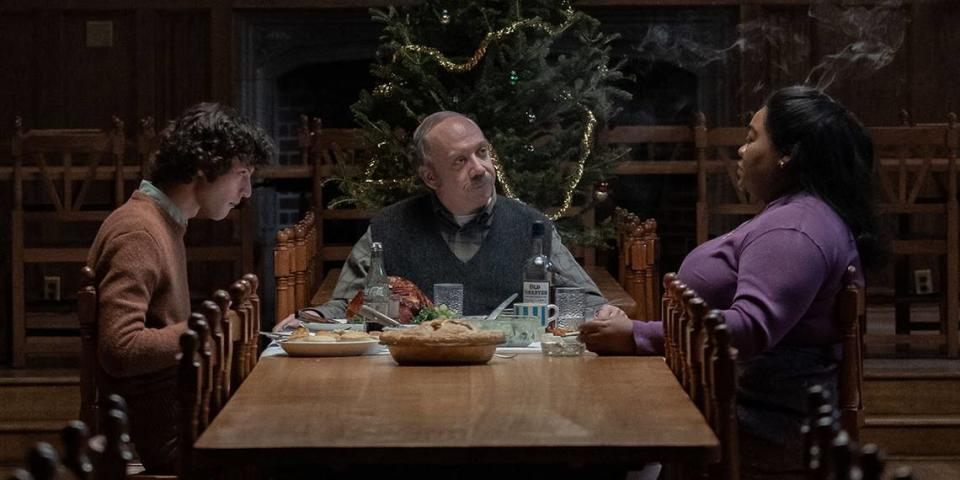
3. ‘Evil Does Not Exist’ (directed by Ryûsuke Hamaguchi)
Ryûsuke Hamaguchi entered American homes more prominently a few years ago with his awards contender, “Drive My Car,” and his under-the-radar gem, “Wheel of Fortune and Fantasy.” “Evil Does Not Exist” feels in line with those.
Set in a rural village nestled on the foothills of a mountain outside Tokyo, Takumi’s family has been on this land for generations and now he tends to it with his daughter Hanna as it’s always been treated.
The village is disrupted when a company comes to present plans for a glamping site it wants to build right outside the village that it promises will bring new visitors, income and opportunities to the residents.
A red flag is raised when multiple residents point out the location of a septic system in the site that would pollute the water source for the entire village and those below it who rely on the stream. As Takumi says it, there is a balance that everyone must adhere to in order to have functional society — they are relied upon to take care of the water like the villages above them did, and so on and so forth.
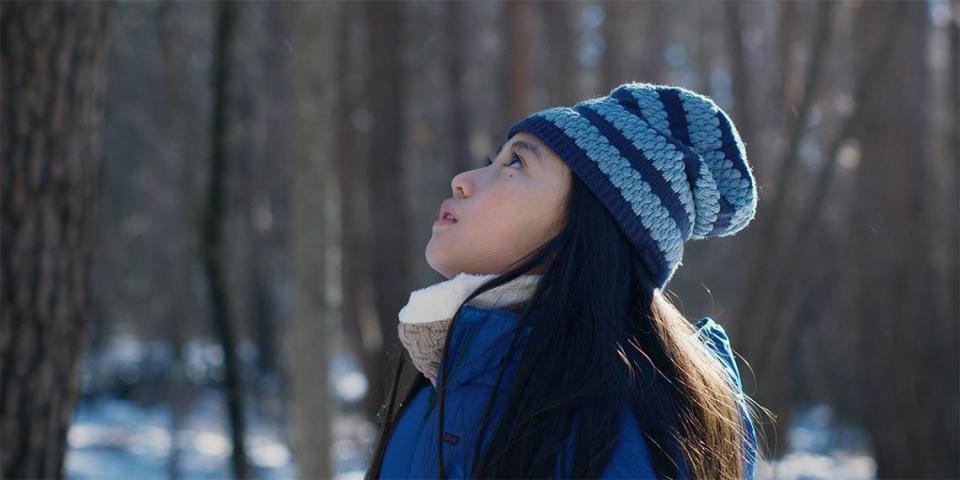
This is where the film shifts into a small parable on the effects of progress, which takes on different meanings for different groups. Progress for the company is installing this site near the village so it can make money and possibly expand even further.
Progress for the village is making life better for its residents but not at the cost of vital resources that affect everyone.
Hamaguchi likes a slow burn, and you meander around a lot as Takumi performs various tasks for the villagers and his daughter. But it is also quiet and contemplative as we’ve come to expect from his work, and worth sitting with.
2. ‘The Zone of Interest’ (directed by Jonathan Glazer)
There have been many films that reckon with the Holocaust but I’m not sure any operate quite like “The Zone of Interest.”
Director Jonathan Glazer puts us into the home of Rudolf Hoss, the commandant of Auschwitz, and follows him and his family after he has established the concentration camp in Poland for the Nazis. Don’t mistake this as some heinous biopic about a terrible person. Glazer is more interested in the banality of evil, how people like Hoss and his family are able to compartmentalize the evil they’re committing.
As the family eats dinner, plays in the garden or sits on the lawn, there is the permeating cloud of the camp lingering over them. As the tasks are performed, you hear screams and commands yelled, smoke bellows from the towers and fire rages.
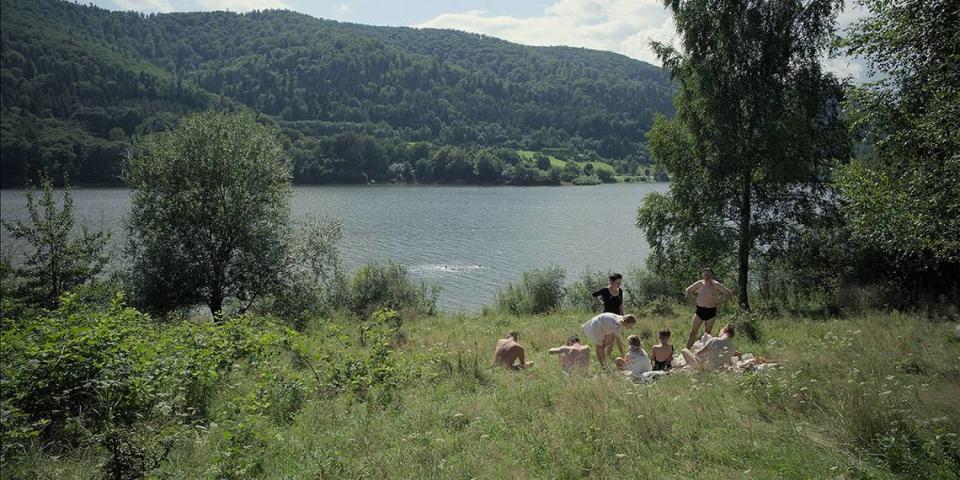
You never see prisoners of the concentration camp outside of a few fleeting moments when someone will pop up out of the corner of your eye to grab some boots to shine or drop off a package.
The goal is not to drop you into a camp to experience the atrocities of the Holocaust again, but to see how evil happens on the peripheries and how those committing them block them out. It never excuses them either. In one scene, Rudolf’s wife Hedwig has a package delivered that’s filled with clothing items: coats, blouses and hats.
As she picks through them and admires them against herself in the mirror, you fill with anger and sadness.
What’s more interesting is the almost supernatural elements Glazer adds to the narrative. Compartmentalizing hate requires a lot of work and the film theorizes that pushing down that much evil is impossible to keep locked away, coming out in sickness and premonitions that haunt members of the family.
“The Zone of Interest” is compelling and feels like a film that demands to be seen.
1. ‘The Boy and the Heron’ (directed by Hayao Miyazaki)
It would seem fitting that this would be a swan song for legendary Japanese director Hayao Miyazaki. At 82, how much more energy do you have to make films?
It seems the notoriously assiduous director is already at work on another movie, making this yet another almost-retirement film.
Even without that attached, “The Boy and the Heron” feels like a cumulative work for the director of classics such as “Spirited Away,” “My Neighbor Totoro” and “Princess Mononoke.” I won’t say I feel like this is re-inventing the wheel.
The story is solid, and I’m excited for a second viewing to see if I appreciate it more the next time around. But what you’re coming for is Miyazaki’s incredible world-building and visual skills, and both are on excellent display.
Compared to his previous work, this one feels very much in the tone of “Spirited Away” or “Howl’s Moving Castle” — grand, sweeping and filled with worlds to explores and characters or creatures to meet. I’ve seen some other writers say this feels like lesser versions of previous pieces of his movies. Maybe it is, but this is also someone who teleports audiences into dreams like not many others.
Even his “lesser version” is better than 99% of animation today.
The film follows Mahito, a boy who has just moved to a new home in the country with his father after he remarries. Once at the house, Mahito stumbles on an abandoned tower that has been sitting in the woods for ages.
The tower calls to him through some mythic sense that Mahito doesn’t fully understand, but the boy journeys into the magical realm with the aide of a gray heron.
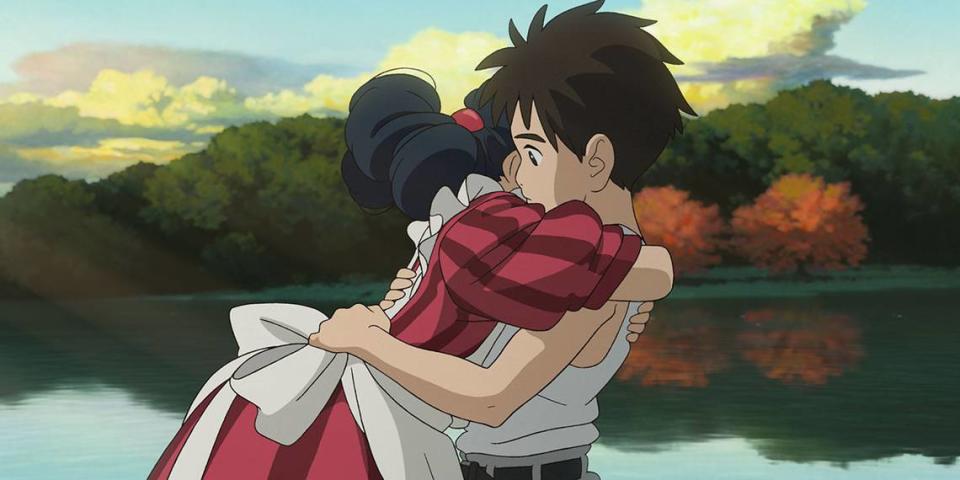
It’s difficult not to become swept away in the worlds of Hayao Miyazaki, and I don’t doubt that this will do the same to audiences. Each realm is vibrant, realized and engaging in different ways and anchored by a spell-binding score from frequent collaborator Joe Hisaishi. It feels like you’re a kid again or watching one of his masterpieces for the first time.
Maybe with some time, this one will join the list. It’s not out of the realm of possibilities.
More arts coverage
Want to see more stories like this? Sign up here for our free “Inside Charlotte Arts” newsletter: charlotteobserver.com/newsletters. You can join our Facebook group, “Inside Charlotte Arts,” by going here: facebook.com/groups/insidecharlottearts. And all of our Fall Arts Guide 2023 stories are here: charlotteobserver.com/topics/charlotte-fall-arts-guide

